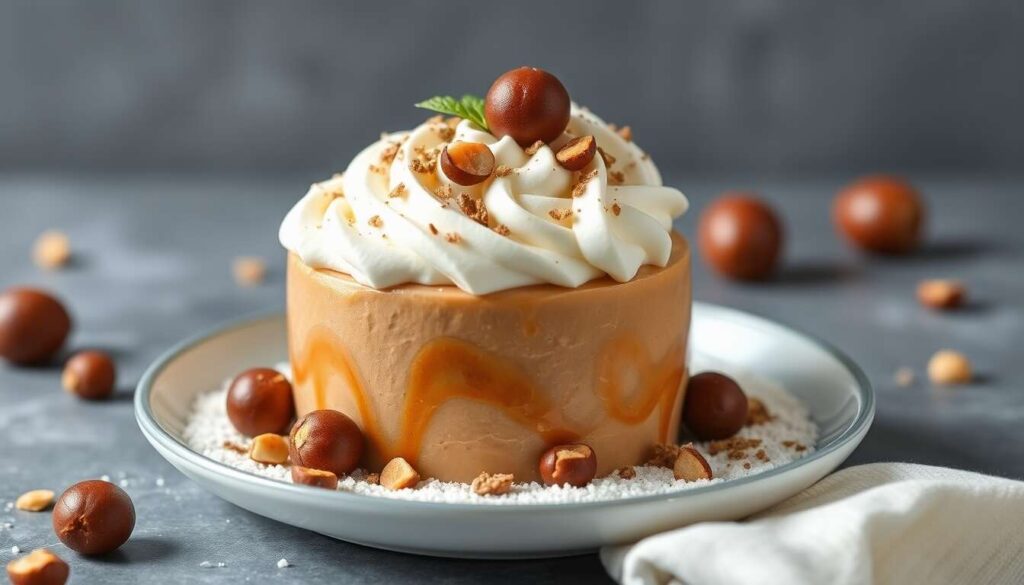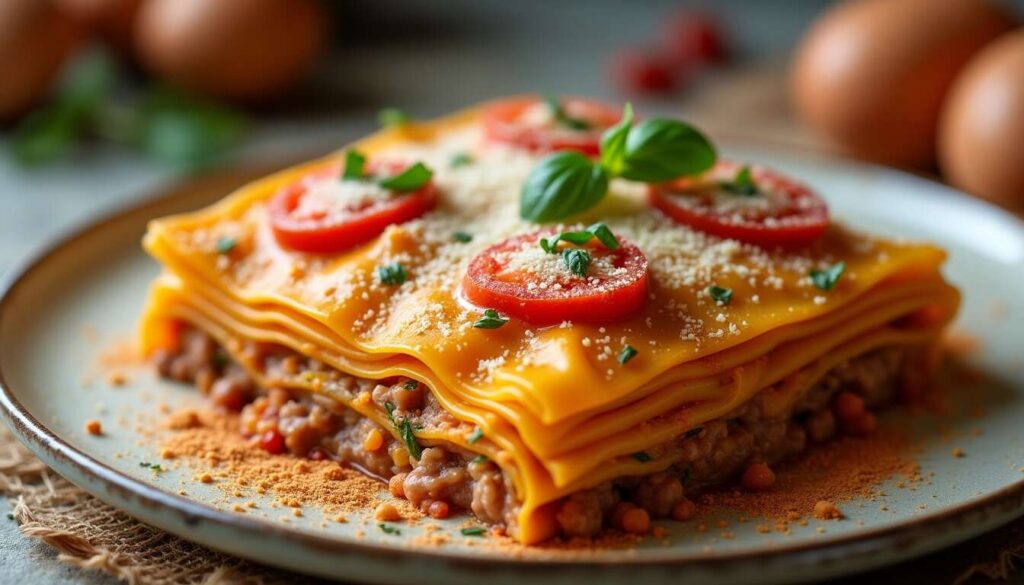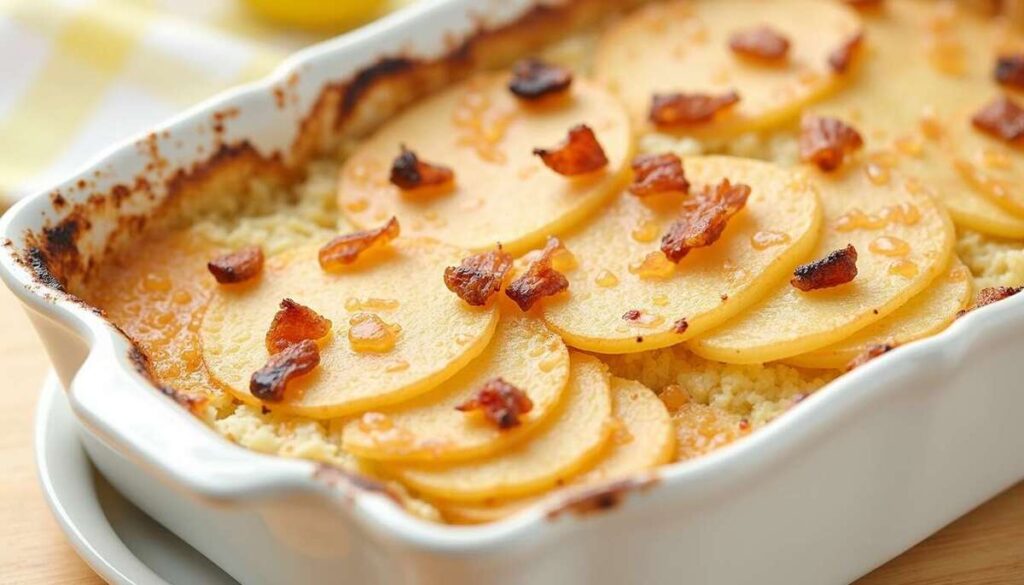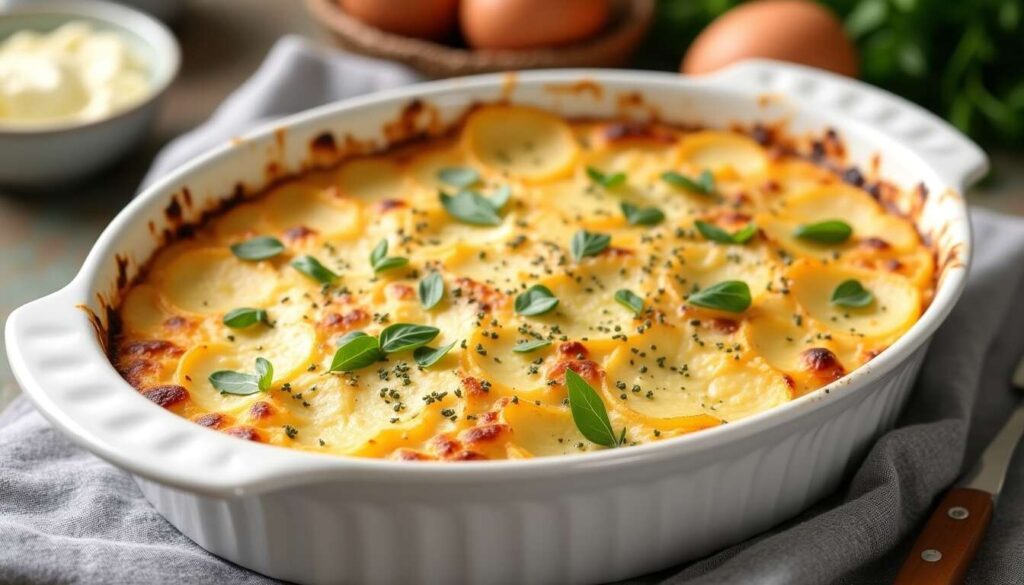Pâtisserie is a delicate art where every detail matters. Among these often-overlooked details, humidity plays a crucial role. It can be the key that transforms a good pastry into an exceptional one. Understanding and mastering the humidity in your oven can truly be a game-changer for the success of your culinary creations. This article guides you through the various steps to effectively manage this fundamental aspect of baking.
Understanding the Importance of Humidity in Your Pastries
What is Humidity and Why is it Essential?
Humidity in the oven pertains to the amount of water vapor present during baking. It directly affects the texture and final quality of your pastries. The significance of humidity lies in its ability to retain moisture in your creations, ensuring a softer texture and preventing premature dryness. For pastries like macarons, well-managed humidity prevents cracks and helps achieve the coveted foot.
The Effects of Humidity on Different Pastries
Each type of pastry reacts differently to humidity:
- Breads: require a good amount of humidity at the beginning to promote a crispy crust.
- Cookies and crackers: prefer a drier environment to achieve the right firmness.
- Moist cakes: benefit from consistent humidity to remain tender and flavorful.
By understanding how humidity interacts with each pastry type, you can adjust your baking techniques to optimize every recipe.
Knowing the impact of humidity allows you to make informed decisions regarding the type of oven that will best suit your baking needs.
Choosing the Right Type of Oven to Manage Humidity
Different Types of Ovens and Their Features
The choice of oven is crucial for effectively managing humidity during baking:
- Conventional ovens: provide static heat, which might be ideal for certain pastries like cakes but less so for others.
- Convection ovens: ensure even heat distribution and are perfect for macarons and cookies.
- Steam ovens: offer precise humidity control, ideal for breads and delicate pastries.
The type of oven you choose will largely determine your ability to control humidity during baking, leading to more consistent and satisfactory results.
Why Include Humidity Control Features?
Some modern ovens come equipped with specific functions to regulate humidity. These technologies are invaluable for achieving professional baking quality at home. Investing in an oven with a humidity control function will enable you to experiment and refine your pastries at will, ensuring consistent results regardless of the recipe type.
With a clear understanding of the oven you need, the next step is to discover how to actively control humidity during baking.
Practical Techniques for Controlling Humidity During Baking
Adding Steam at the Right Time
Steam is your ally for certain pastries. It can be introduced through several simple techniques:
- Using a spray bottle to inject steam at the beginning of baking.
- Placing a container of water in the oven to gradually release moisture.
- For steam ovens, adjusting the steam level according to the recipe.
Well-timed humidity allows for a golden, crispy crust while keeping the interior tender and airy.
Adjusting Baking Time and Temperature
Modifying the baking duration can also influence moisture loss:
- Short baking times at high temperatures for crispy results.
- Longer baking times at lower temperatures for tender and moist cakes.
Selecting the right combination will help you finely control humidity levels, affecting the textures and flavors of your pastries.
Now that you’ve mastered these techniques, let’s consider additional tips that ensure even and moist baking.
Tips for Even and Moist Baking
The Importance of Air Circulation
Good air circulation within the oven is essential for even baking. Convection ovens excel in this regard. Be sure not to overcrowd the oven, allowing for free air movement around your dishes. This will guarantee uniform baking and maximize the desired results.
Using the Right Rack Position
The positioning of your pastry in the oven also plays a role:
- Center position for most pastries to ensure even baking.
- Placing on a rack rather than a tray to encourage air circulation beneath the dish.
With these enhancements, you ensure that every part of your pastry is evenly baked, which is crucial for high-quality products.
However, some pitfalls should be avoided to not compromise these efforts. Let’s learn how to steer clear of common humidity-related mistakes.
Avoiding Common Humidity-Related Mistakes
Monitoring Condensation
Excessive condensation is a frequent issue. It often arises from poor ventilation or overuse of steam. To avoid this:
- Ensure the oven is well-ventilated during and after baking.
- Avoid opening the oven door too frequently, as this can cause a sudden loss of heat and moisture.
By paying attention to these aspects, you minimize the risk of ending up with a soggy crust.
Understanding the Specifics of Each Recipe
It’s crucial to follow the specific guidelines of each recipe regarding humidity. Failing to do so may alter the texture and taste of your creations. Always adjust your oven settings to meet the unique needs of each pastry for optimal results.
By considering these common mistakes, you now possess all the tools to elevate your pastry creations.
Enhancing Your Pastry Creations Through Optimal Humidity Management
Innovating with New Technologies
Embracing new technologies in your kitchen can significantly enhance your pastries. Consider investing in a modern oven equipped with humidity sensors. These sensors automatically adjust moisture levels to ensure an ideal baking environment. This gives you more freedom to experiment without compromising quality.
Continuous Learning and Development
Staying informed about new methods and technologies is essential. Participating in workshops or advanced pastry classes can expand your skills. Remain curious and continually seek to improve your knowledge and techniques. The world of pastry is rapidly evolving, and each newly acquired tool or technique could be the key to your next great creation.
With these tips, you are well-equipped to explore new frontiers in pastry while ensuring optimal humidity management.
By mastering humidity in your oven, you can transform your pastries. A solid understanding and increased control over this crucial factor will allow you to achieve consistent and flavorful results, enhancing every aspect of your sweet creations. Stay informed and open to new techniques to uncover even more possibilities in pastry.







